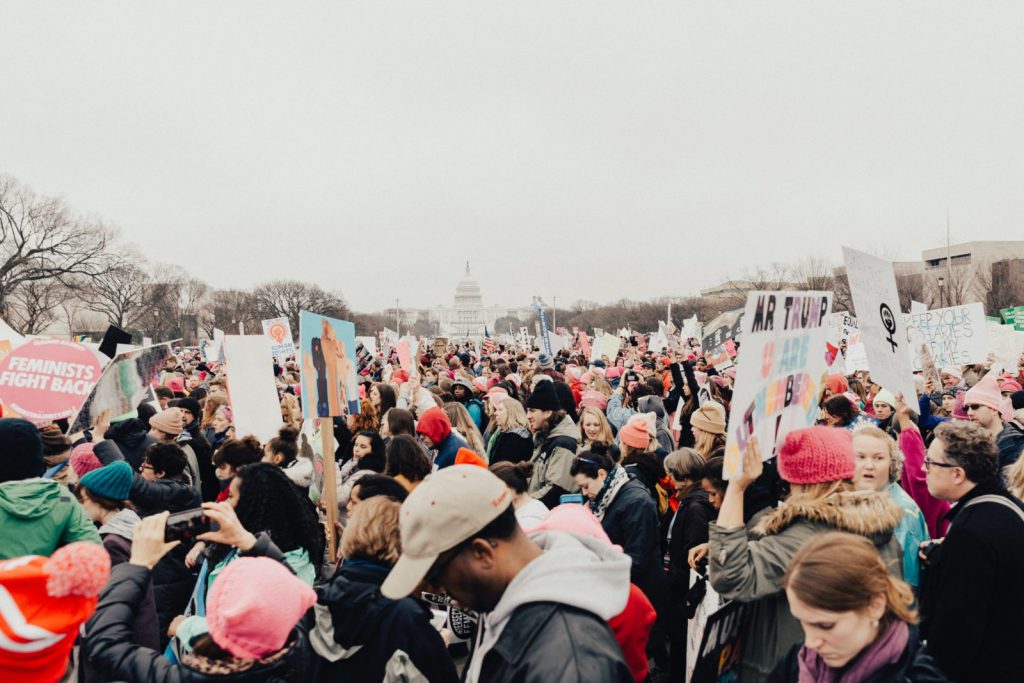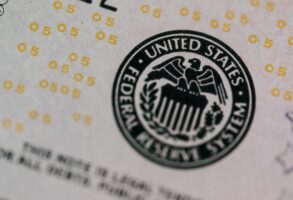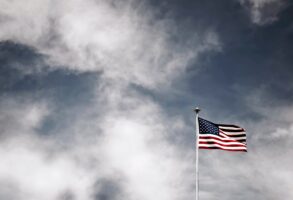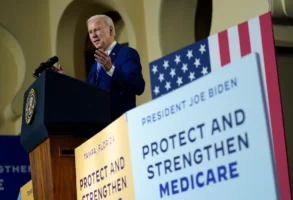
Published October 25, 2018
Many political pundits claim that Democratic enthusiasm will be the key to this year’s midterm elections. They are mostly thinking of turnout: Democratic voters hate President Donald Trump so much that they will vote in much higher than usual numbers. But the real effect of that enthusiasm might be found elsewhere.
Candidate recruitment is the first place where high enthusiasm normally shows up. Most people aren’t interested in spending two grueling years of their lives running from speech to speech and dialing for dollars in order to win elected office. But they may do so when they are especially angry at something and think they have a good chance of winning. That worked to Republicans’ benefit in the 2010 election, as conservative fury at President Barack Obama and the rise of the tea party convinced many people to take the plunge. The same thing happened last year, as a record number of Democratic candidates—especially Democratic women—rose to the challenge.
Getting a vibrant candidate is only the first step, though. Congressional districts contain, on average, over 700,000 people. Even the most energetic of candidates can personally meet only a tiny fraction of voters. Reaching them takes money, lots of it.
Incumbents typically hold the advantage in money, but Democratic enthusiasm has evened the score. As of June 30, 61 Democrats running for seats in the U.S. House of Representatives this fall had raised over $1 million each. In many cases the challenger had raised more than the incumbent. These totals are set to rise even more as the third-quarter financial reports come due. Already 23 Democratic challengers have raised over $1 million between July 1 and Sept. 30 alone. Andrew Janz, who is running against House Intelligence Committee Chairman Devin Nunes, R-Calif., raised $4.3 million during that period, more than enough to saturate the airwaves in the inexpensive Fresno, Calif., media market.
Such funding gives Democratic candidates the ability to spread their message to independent voters, who in turn decide key races. Amy Walter of the Cook Political Report cites a recent poll showing that Democrats have double-digit leads in the congressional generic ballot among independents, and much larger leads among independent women. Many of these voters do not like Donald Trump and plan to vote Democratic if there is a viable candidate in the race. Thanks to Democratic enthusiasm, they are likely to find such a person rather easily.
Any surge in turnout on top of these trends is like icing on the cake. We know that self-reported enthusiasm among Republicans has increased in the wake of the contentious confirmation hearing for Supreme Court Justice Brett Kavanaugh. While Democratic enthusiasm is also at record highs, we just don’t know how self-reported likelihood to vote actually translates into voting. Pew Research found in June 2012 that Republicans were more enthusiastic about the upcoming election than were Democrats. By October, the respected Gallup organization estimated that black voters would turn out at slightly lower rates than they did in 2008—leading it to estimate that Mitt Romney held a 3-point edge over Obama in the presidential race. Despite these findings, Romney lost by 4 points as black turnout surged to record highs.
Democrats and suburban, educated women might swamp polling places on Nov. 6. But even if they don’t, their vitriolic anger against Trump has already put control of the House within Democrats’ reach.
Henry Olsen is a senior fellow at the Ethics and Public Policy Center.





